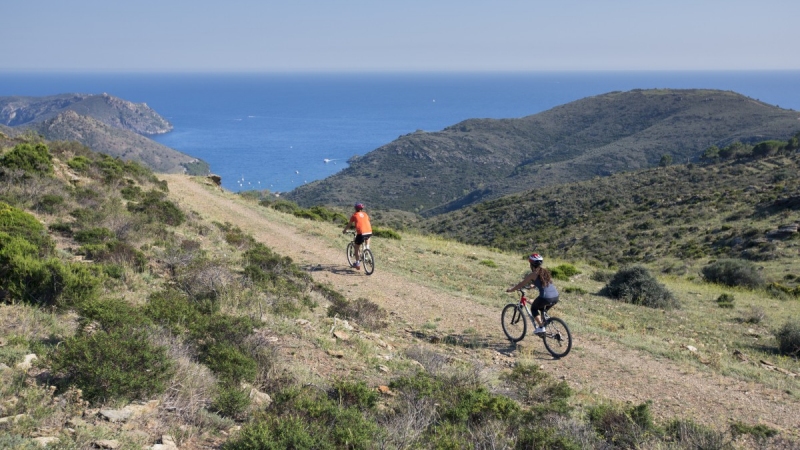Stones of the Quarentena I-II
(4th and 5th Millennium BCE - Middle and Late Neolithic, and Chalcolithic)
Set of prehistoric carvings on a gneiss outcrop located on the edge of the cliff with the stream of the Quarentena, from which they take their name. On the first stone there is a group of 11 simple bowls, 9 bowls joined by an irrigation channel and 2 cruciform engravings, a Latin cross and the other with a barred base. On another stone, 200 metres to the east, there is an isolated engraving with an anthropomorphic figure.
The engravings were discovered by the geologist Carlos Roqué while he was prospecting the area for the creation of the Geological Chart of Roses. At the same time he also discovered the first cave-dolmen of Quarentena. The first copy of the engravings was carried out by members of GESEART (Empordan Group for the Safeguarding and Study of Rural and Traditional Architecture), a few days after the discovery.
This type of engravings are an artistic manifestation of the megalithic culture and are made by repeatedly hitting the rock. They are often found in the surroundings of dolmens and monuments of this prehistoric date. These engravings probably relate to the two cave-dolmen located in the immediate vicinity.










